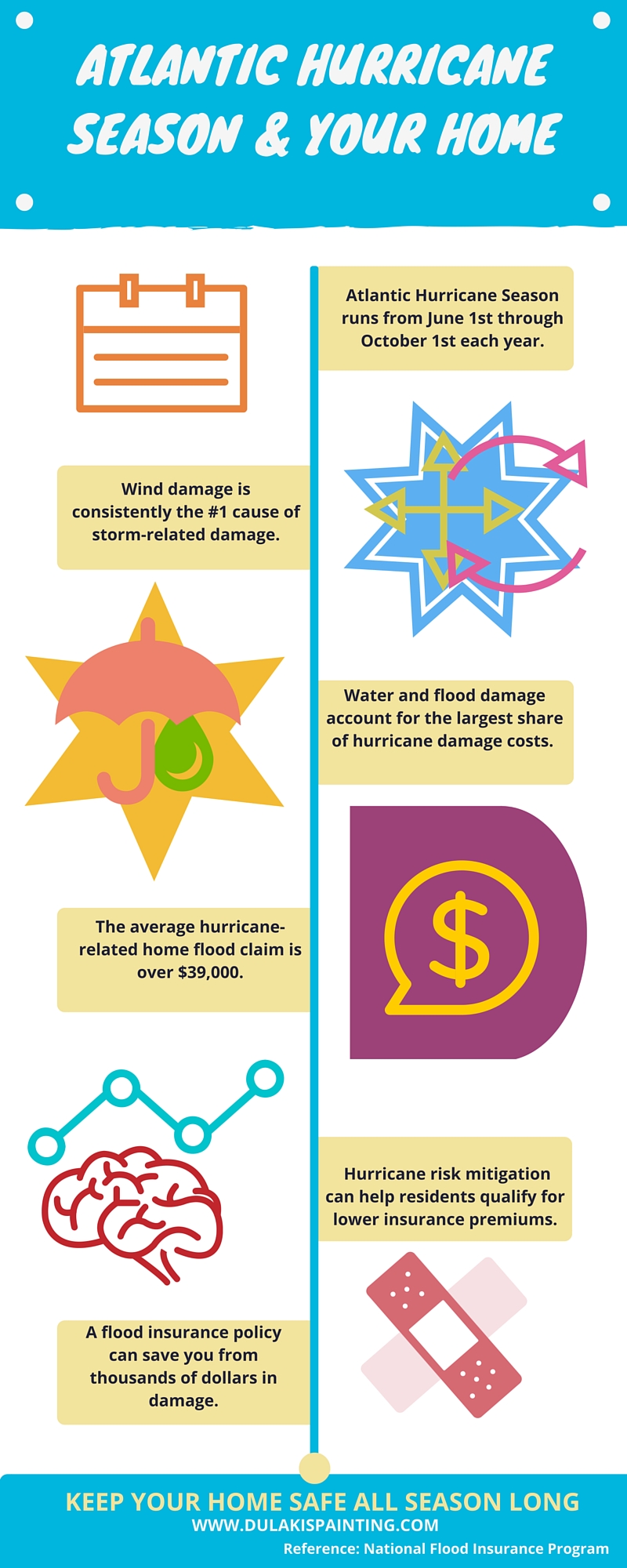Comprehending Seasonal Influences On Commercial Exterior Painting: Vital Understanding For Success
Comprehending Seasonal Influences On Commercial Exterior Painting: Vital Understanding For Success
Blog Article
Web Content Author-Carlson Whalen
When you're planning a commercial exterior painting job, seasonal factors can make or damage your results. You'll intend to think about just how temperature and moisture effect paint application and drying times. Choosing the appropriate period can guarantee your paint adheres correctly and lasts longer. Yet which seasons are really the best for this sort of job? Allow's check out the crucial elements that can affect your project's success.
The Impact of Temperature on Paint Application
When you're intending a commercial outside paint job, the temperature level can dramatically influence exactly how well the paint sticks and dries.
Ideally, you intend to paint when temperature levels range in between 50 ° F and 85 ° F. If it's also chilly, the paint may not treat correctly, bring about issues like peeling or cracking.
On the other side, if it's as well hot, the paint can dry as well swiftly, protecting against proper bond and resulting in an irregular finish.
You need to additionally think about the time of day; early morning or late afternoon uses cooler temperature levels, which can be extra beneficial.
Always examine the maker's suggestions for the details paint you're utilizing, as they frequently supply assistance on the perfect temperature range for optimum outcomes.
Humidity and Its Impact on Drying Times
Temperature level isn't the only ecological factor that influences your industrial exterior paint task; moisture plays a substantial duty too. chileen painting can decrease drying times considerably, influencing the general quality of your paint task.
When the air is filled with wetness, the paint takes longer to cure, which can lead to problems like poor attachment and a greater risk of mildew growth. If you're painting on a particularly humid day, be prepared for extended wait times between coats.
It's important to keep an eye on local weather and plan appropriately. Ideally, aim for moisture degrees in between 40% and 70% for optimum drying.
Keeping these consider mind guarantees your project remains on track and delivers a lasting surface.
Best Seasons for Commercial Exterior Paint Projects
What's the best time of year for your industrial outside painting projects?
Spring and early loss are usually your best bets. Throughout these periods, temperatures are moderate, and humidity levels are usually reduced, developing perfect conditions for paint application and drying out.
Avoid summer season's intense heat, which can cause paint to completely dry too swiftly, leading to bad adhesion and coating. In a similar way, winter months's cold temperature levels can prevent correct drying out and healing, taking the chance of the longevity of your paint task.
Aim for days with temperature levels between 50 ° F and 85 ° F for optimum outcomes. Bear in mind to check the regional weather forecast for rainfall, as wet conditions can wreck your task.
Planning around these variables guarantees your painting project runs efficiently and lasts much longer.
Conclusion
In conclusion, preparing your industrial outside painting jobs around seasonal considerations can make a significant distinction in the end result. By organizing job during the optimal temperature levels and moisture degrees, you'll guarantee better adhesion and drying out times. Remember to keep Highly recommended Website on local weather prediction and select the correct time of year-- springtime and early loss are your best bets. Taking these actions will certainly help you attain a durable and professional surface that lasts.
